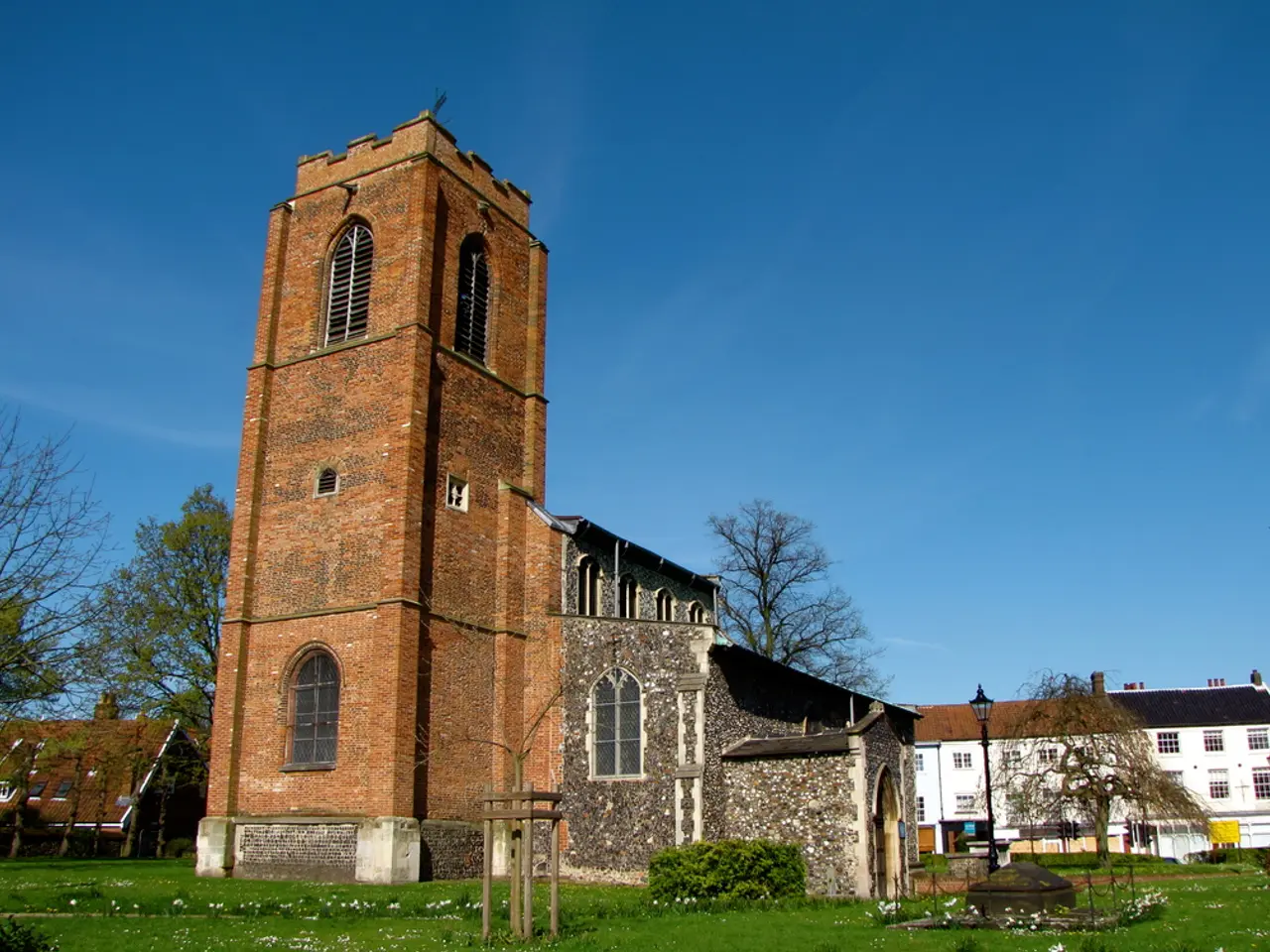Meta Employs Mass Timber Instead of Steel and Concrete for Eco-Friendly Data Center Building
Meta, the tech giant behind Facebook and Instagram, is making significant strides in reducing its carbon footprint. The company is actively piloting and expanding the use of mass timber in its data center construction across multiple U.S. campuses as a key strategy to achieve net zero emissions across its value chain by 2030.
Reducing Embodied Carbon with Mass Timber
Mass timber, such as cross-laminated timber (CLT) and glue-laminated timber (glulam), offers significant environmental advantages. These engineered wood products store carbon sequestered during tree growth and have a much lower embodied carbon footprint compared to steel and concrete. Replacing traditional materials with mass timber can reduce embodied carbon emissions by approximately 41% for the substituted materials in these buildings.
Benefits Beyond Carbon Reduction
Meta's adoption of mass timber extends beyond carbon reduction. The lighter weight of mass timber can cut foundation concrete requirements by half in some cases. Shorter construction times via prefabrication also reduce project durations by weeks.
Moreover, mass timber's high strength-to-weight ratio makes it a strong and suitable option for industrial buildings. Biophilic designs featuring exposed mass timber help occupants feel connected to nature, reducing stress, boosting morale, increasing productivity, and fostering wellness.
Sustainable Forestry and Traceability
Meta's approach to mass timber use requires third-party audits to ensure timber is responsibly sourced and milled. The company is committed to sustainable timber operations that can complement conservation in sourcing regions and prioritize suppliers committed to climate-smart forestry. Wood must be transparently traceable to its forest of origin, with forests managed for long-term ecological health and social impact.
A Commitment to a Net Zero Future
Meta's adoption of mass timber aligns with its broader sustainability objectives. The company has already achieved net zero operations since 2020 and has made a 94% reduction in emissions from 2017 levels. The use of renewable, engineered wood products is a major component of its strategy to significantly lower construction emissions, which are traditionally high due to cement and steel production.
The company's plans include extending mass timber use beyond administrative buildings to include warehouses and even critical data halls. This expansion complements parallel efforts to develop near-zero-emissions steel and low-carbon concrete alternatives across its data center portfolio, addressing Scope 3 emissions associated with suppliers, construction, and materials.
In summary, Meta's extensive use of mass timber is a critical step towards its commitment to reach net zero emissions by 2030. The lighter weight, shorter construction times, and biophilic design advantages of mass timber make it a versatile and sustainable choice for the tech giant's data centers.
- As part of its broader sustainability objectives, Meta's use of mass timber in data center construction, such as cross-laminated timber (CLT) and glue-laminated timber (glulam), is helping it store carbon sequestered during tree growth and lower its embodied carbon footprint, compared to steel and concrete.
- With the use of mass timber, Meta has made significant strides in reducing construction emissions, a key component of its strategy to achieve net zero emissions across its value chain by 2030.
- Beyond carbon reduction, mass timber's high strength-to-weight ratio, ability to cut foundation concrete requirements, and shortened construction times via prefabrication offer various benefits, such as boosting morale, increasing productivity, and fostering wellness among occupants.
- To ensure its mass timber is responsibly sourced and milled, Meta requires third-party audits, prioritizing suppliers committed to climate-smart forestry and sustainability, and mandating wood transparency, traceability, and forest management for long-term ecological health and social impact.




